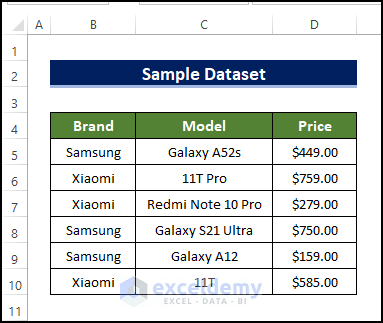5 Easy Tips to Transfer Sheets to Excel

Transferring data between sheets or into Excel can seem daunting, but with the right approach, it can become a seamless task. Whether you're consolidating financial records, merging project data, or compiling research results, mastering the skill of data transfer in Excel is incredibly beneficial. Here are five straightforward tips to make your data transfer experience not just easier but also more efficient.
1. Understand Your Data Before Transferring

The first step in transferring data successfully is understanding the structure, type, and volume of data you’re dealing with:
- Identify the Data Type - Are you transferring numbers, text, dates, or a mix of these?
- Assess Data Volume - Large datasets might require different handling compared to small ones.
- Check for Headers and Footers - Headers should be identified as they will help in organizing the data.
Once you understand your data, you can better plan the transfer process, which might involve:
- Reformatting date/time data for consistency.
- Removing or consolidating duplicate data.
- Ensuring that data from different sources aligns correctly.
📌 Note: Always create a backup of your source data before proceeding with any data transfer to avoid potential data loss.
2. Use Excel’s Built-in Functions for Data Transfer

Excel provides a variety of built-in tools to make data transfer easier:
- Copy-Paste - The simplest method, but it’s not the only one.
- Paste Special - This function allows for more control over what you copy (e.g., values only, formats only).
- Data Import Wizard - Perfect for structured data from different sources like CSV or Access.
- Get & Transform (Power Query) - For complex or large datasets, this feature automates the import process.
Here are steps to use some of these tools:
| Tool | Steps |
|---|---|
| Copy-Paste | Select data > Copy (Ctrl+C) > Select destination > Paste (Ctrl+V) |
| Paste Special | Right-click > Paste Special > Choose option like ‘Values’, ‘Formats’, etc. |
| Data Import Wizard | Data tab > Get Data > From Other Sources > From Text/CSV or From Microsoft Access Database |
| Get & Transform | Data tab > Get Data > From File > From Workbook to start a query |

3. Leverage VBA for Automated Data Transfer

For repetitive data transfer tasks, VBA (Visual Basic for Applications) can be your ally. Here’s how to set up a simple script:
- Open the Visual Basic Editor (Alt+F11).
- Insert a new module (Insert > Module).
- Write the VBA code to automate your data transfer.
💡 Note: Ensure you have at least basic knowledge of VBA or find pre-built scripts online for common tasks.
4. Use External Tools for Advanced Transfers

When Excel’s capabilities fall short, external tools come into play:
- Power Automate (formerly Microsoft Flow) - Automates workflows between applications.
- Power Query - For large, complex data transformations from multiple sources.
- Third-party data tools - Specialized software for unique data requirements.
5. Review and Validate the Transferred Data

After completing the transfer, always review and validate your data:
- Check for Accuracy - Ensure all data is correctly transferred.
- Use Conditional Formatting - To highlight anomalies or errors.
- Reconcile - Compare totals or specific values with the source data to confirm integrity.
✅ Note: Automated processes might introduce errors; manual checks are essential.
In summary, transferring data to Excel can be streamlined with these five tips. From understanding your data to leveraging advanced tools, each step plays a critical role in making the process efficient. Remember to backup your data, automate repetitive tasks with VBA, and always validate your results. With practice and these strategies, you'll find transferring data in Excel to be less of a challenge and more of an opportunity to enhance your data management skills.
What is the best way to transfer large datasets to Excel?

+
For large datasets, consider using Power Query within Excel to automate the import process. It handles large volumes of data efficiently and allows you to define transformations for consistent data cleaning.
Can I transfer data between different file formats like CSV to Excel?

+
Yes, Excel supports importing from CSV, text files, and other formats. Use the Data Import Wizard or Power Query for optimal results.
How can I ensure the transferred data remains consistent?

+
To maintain data consistency, use a structured import process, define rules for data validation, and perform regular checks using tools like conditional formatting or manual reconciliation.



